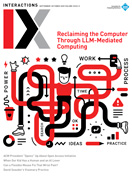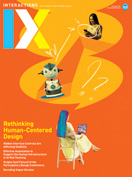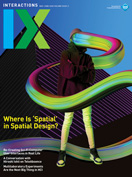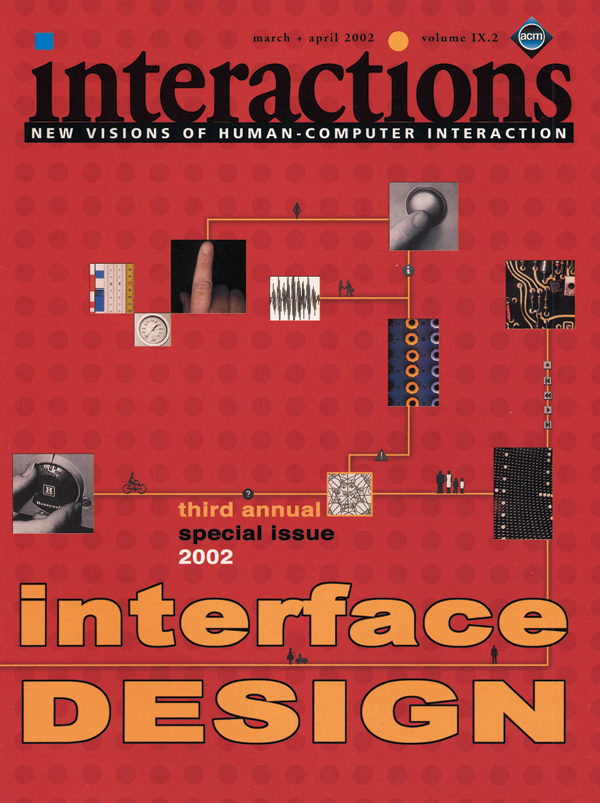Authors:
Philosophy of Design Education From its inception, the WSU Human Factors doctoral program was designed to include an emphasis on basic methodology intrinsic to the behavioral sciences, along with a strong foundation in areas fundamental to psychology. In many ways the early stages of our training are modeled on traditional programs in experimental psychology, but this is only the foundation on which the academic curriculum, research practice, and realistic experience are constructed. These educational experiences provide the student with the knowledge and skills required to succeed in the workplace. Our curriculum includes the requirement that each student be actively…
You must be a member of SIGCHI, a subscriber to ACM's Digital Library, or an interactions subscriber to read the full text of this article.
GET ACCESS
Join ACM SIGCHIIn addition to all of the professional benefits of being a SIGCHI member, members get full access to interactions online content and receive the print version of the magazine bimonthly.
Subscribe to the ACM Digital Library
Get access to all interactions content online and the entire archive of ACM publications dating back to 1954. (Please check with your institution to see if it already has a subscription.)
Subscribe to interactions
Get full access to interactions online content and receive the print version of the magazine bimonthly.







Post Comment
No Comments Found